Artistic Naturalistic Drawing with Pencil
Course final project
A course by Iván Salamanca , Visual Artist and Botanical Illustrator
About the final project for: Artistic Naturalistic Drawing with Pencil
Artistic Naturalistic Drawing with Pencil
“You have reached the end of the course, I hope you enjoyed it as much as I did. It has been a pleasure to be your teacher. Now is your time to do your own final project. Before you start, remember that drawing is a process that requires patience and effort. As I have told you throughout this course, sharing is loving what we do, therefore, I ask you to share, not only your final illustration, but also your learning process. Let me show you an example of how I would like you to share your project with me and the world: The idea: Look for an idea that you want to work on, in addition, I ask you to take on the task of looking for reference images so that you can have a great variety when starting to design your sketch and you can make better choices.
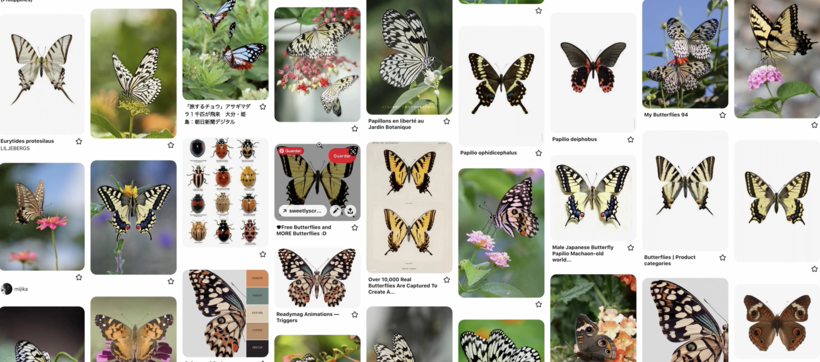
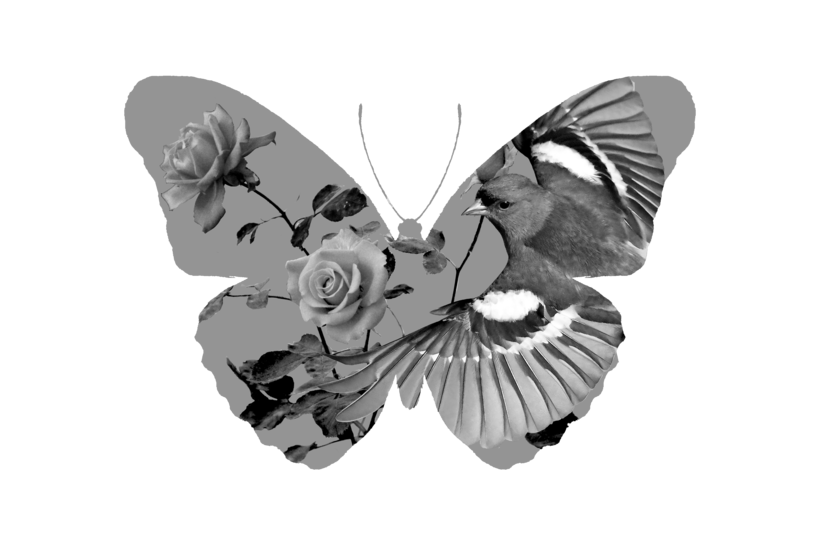
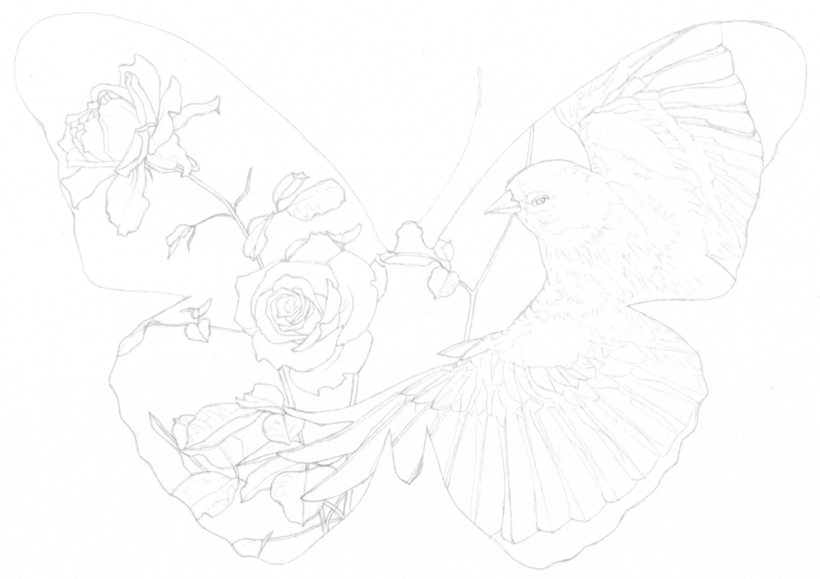
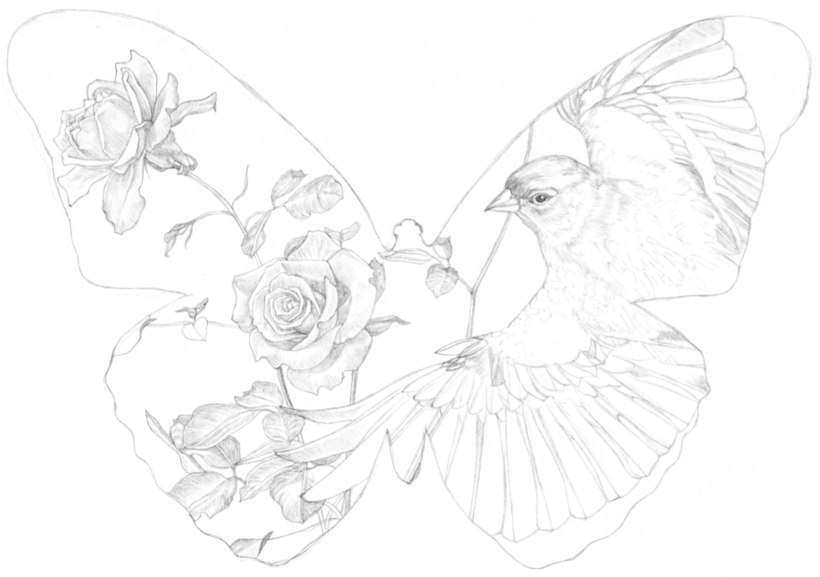
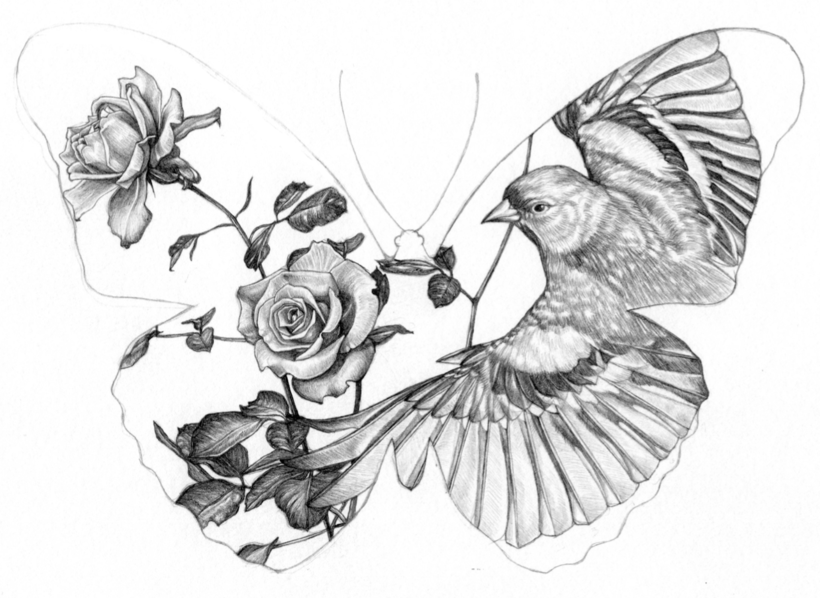
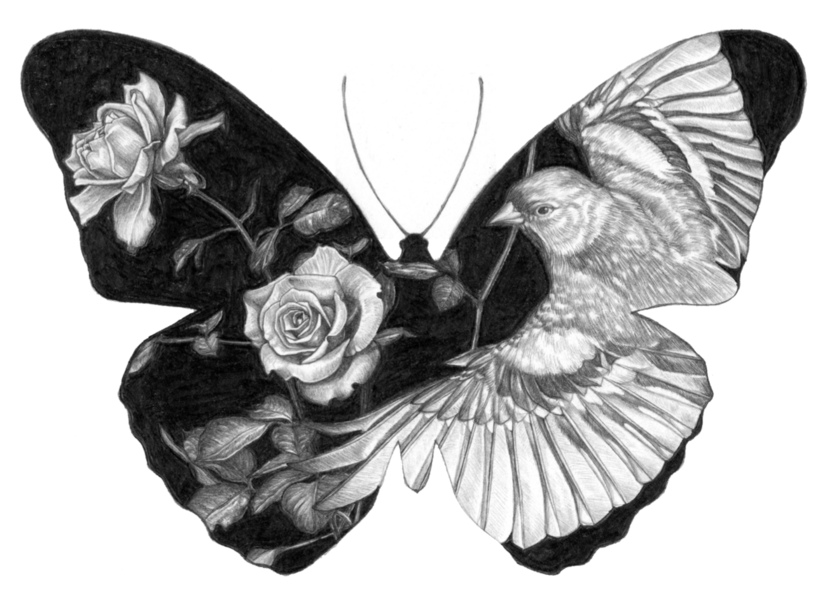
Partial transcription of the video
“Final project I am glad to have reached the end of our course together. With the exercises we have done, you are ready to start your project. But first, I would like to remind you that drawing is a process It requires patience and effort. Don't despair if your first drawings don't look the way you want them to. We all have tough starts, but with practice little by little we will be able to observe advances in our way of drawing. When facing your final project, remember that drawing is a way of expressing something very personal. Don't limit yourself in what you want to say. It is good to be...”
This transcript is automatically generated, so it may contain mistakes.
Course summary for: Artistic Naturalistic Drawing with Pencil
-
Category
Illustration -
Software
Adobe Photoshop -
Areas
Artistic Drawing, Drawing, Naturalistic Illustration, Pencil Drawing

Iván Salamanca
A course by Iván Salamanca
Iván Salamanca is a visual artist and botanical illustrator specialized in graphite pencil drawings. His work has been featured at fairs and in galleries across Mexico, Colombia, the United States, Germany, and Japan.
He's passionate about plants, animals, and flowers and capturing their beauty through drawing. His work is the embodiment of order, where everything has a place and a process, and aims to recreate that which is found in nature.
- 99% positive reviews (85)
- 1,784 students
- 13 lessons (1h 44m)
- 18 additional resources (7 files)
- Online and at your own pace
- Available on the app
- Audio: Spanish
- Spanish · English · Portuguese · German · French · Italian · Polish · Dutch
- Level: Beginner
- Unlimited access forever



